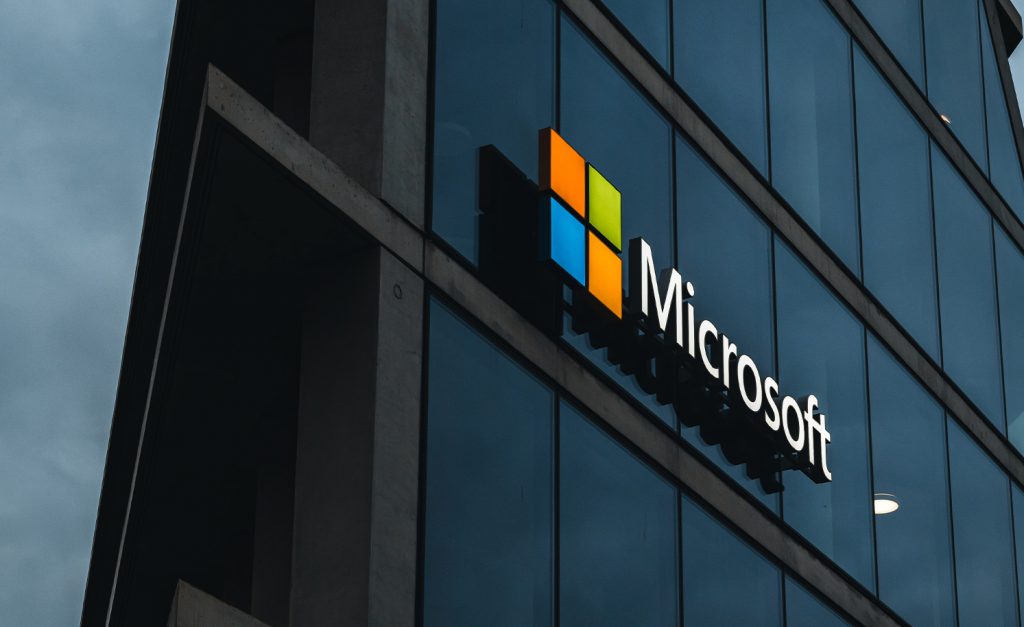I enjoyed my time living in Redmond, WA. For over 2 years we had a house in a new development on the edge of the town while I was working for Rational Software Corporation in the design and delivery of the software modelling tools. There are lots of reasons to be up in the Pacific Northwest of the USA: Friendly people, great food, temperate climate (not as much rain as everyone says!), access to a wonderful coastline, trips up to Vancouver, and many more. Yet, the main reason people like me moved there in the late 1990’s was to be near Microsoft.
Most weeks I’d be at meetings on the Microsoft campus as we worked together to create a solution that integrated our modelling solutions with their .NET framework. It was an intense time that led to Rational being in acquisition discussions with Microsoft, with the result that IBM made a more generous counter-offer and I move over to work for Big Blue. Time for pastures new, and we moved house again. This time to the other side of the USA in one of IBM’s main centres in Raleigh, North Carolina.
During my 2 years in Redmond, I learned a lot about Microsoft. Under Bill Gates leadership they had become a dominant digital technology provider for the PC, and had a growing influence in enterprise computing. But things were changing. Gates was becoming more focused on his philanthropic activities, and Steve Ballmer took over. His bombastic style of aggressive leadership was exemplified by his roaring antics on stage at Microsoft events. As odd as that behaviour seems when viewed today, this kind of approach was not unusual at the time.
In the Seattle area, Microsoft were by far the largest high-tech employer. In the new housing neighbourhood where I lived, just about everyone else I met worked there. However, what came across in discussions with people who worked there was how deeply committed they were to the company. They worked long hours. Many had never worked anywhere else. In a gathering to celebrate July 4th , a big neighbourhood tradition in the USA, I made a weak joke about Microsoft losing its edge. I thought they were going to through me out and ban me from the State!
However, from the year 2000 for over 10 years, Microsoft struggled. It became what some called Microsoft’s “lost decade” when it fell behind Google, Facebook, Apple, and others in almost all areas of digital technology. It mis-fired in efforts to create new hardware devices for data storage, playing music, and games. Its Office products and operating system dominance was threatened by open source alternatives. Personal computing success did not readily transfer to its enterprise computing activities which struggled to get a foothold. Difficult times for the company. By 2019 it was facing stock price pressure, job losses, and fear that Microsoft was losing its mojo.
The Future is AI
Today, Microsoft is seen very differently. It recently had its highest stock market valuation at almost $2.6 Trillion. Much has happened in the past few years since Satya Nadella took over as CEO in 2014. He has received a lot of praise for the way he has reformed the company to be more effective as an enterprise solutions provider, redesigned the Azure platform and its tools, and made many further adjustments. Yet, the masterstroke for Microsoft may well be his current big bets in AI.
Nadella has long aimed to reshape the company as a more effective cloud services platform. Now, building on this, the significant rise of Microsoft in the past few months is closely associated with 2 key actions. The first is its major investment in Open AI, the company behind ChatGPT. A $10 Billion investment in such a new company may seem excessive. But it could well be a masterstroke by Nadella to gain early dominance in moving AI into the direct experience of consumers from its previous role as buried below the surface of complex technology infrastructure. As well as the obvious focus on the OpenAI technologies themselves (as witnessed by over 100 million people registered to use it within 2 months of launch), this clearly positions Microsoft as central to the future of AI. A critical step in the journey for Microsoft to reposition itself and out-compete Google, Amazon, Meta, IBM, and others in this lucrative market.
Second, and perhaps more importantly, Microsoft is now leveraging ChatGPT and associated generative AI technologies to revamp all of its current product portfolio. Across its Office solutions, Bing search engine, and GitHub software platform we are now seeing the adoption of AI capabilities to power more effective capabilities. Under the broad strategy of adding “AI co-pilots” to its solutions, Microsoft is cleverly pushing aside concerns about AI being an auto-pilot that performs actions without human intervention, and describing its AI additions as aids that empower and enable human decision making. In this way, the concerns about AI destroying humanity can largely be sidestepped. Microsoft sees AI as a supplement to human growth and productivity.
This strategy is having an immediate effect. Here are 3 examples:
- The Microsoft Office suite has already added copilot capabilities to be included in its Microsoft365 offerings, in Powerpoint, Outlook, Whiteboard, OneNote, and elsewhere. For example, this adds much more sophistication to indexing and search across many forms of data. These additions are now being rolled out to a wide set of audiences.
- Bing and Edge, its search engines struggling to compete with Google, have been redesigned to be much more effective tools by being based on the Large Language Models (LLMs) that underlie ChatGPT. As a result, queries in Bing can be much more complex and results use the features of generative AI to create responses in a wide range of scenarios. AI assisted search is likely to dramatically shake up the market for search technologies. All to Microsoft’s advantage.
- GitHub Copilot is able to generate software based on its large library of code and generative AI capabilities. Positioned as an “AI pair programmer”, the AI assistance can be used not just to make AI-based code suggestions, but to verify human created code, produce test cases, reformat code for ease of use, and so on. In this way. GitHub performs as much more than a collaborative code repository and becomes an active coding platform used for every kind of future software project.
Such a wide range of innovation across its products is bringing a lot of attention to Microsoft products. However, as with all recent AI adoption, not without controversy. This is fuelled by reports of Microsoft getting rid of key parts of its AI ethics team as it accelerates its deployment of the technology. Something Nadella is aiming to address in strengthening Microsoft’s AI ethics principles and emphasizing its co-pilot strategy.
How this AI investment by Microsoft will affect its long-term prospects remains to be seen. There is a lot of competition from all the Big Tech providers. It is a big bet that will make or break Microsoft, with the current stock valuation indicating that many are viewing it positively. Some now believe that Microsoft will generate an additional $100 Billion in revenue from AI by 2027 and place it as a leader in AI adoption. The next few years will be interesting for all those based in Redmond, and elsewhere.
It was Long Ago and Far Away
We have clearly only taken the first few steps on a long road to AI adoption in practice. But we already see the Big Tech companies such as Microsoft rushing to invest in key advances that will reinvigorate their digital transformation efforts and form the basis of their future product sets. All this is a long way from my experiences living in Redmond and working alongside Microsoft over 20 years ago. Much has changed in that time as Microsoft restructures its teams and products to drive the adoption of AI for the next digital age. It is clear that Microsoft’s future as a technology provider now relies directly on its success with AI.






